Marsupials are a group of mammals that reproduce in a different way than most other mammals. Marsupials give birth while the young are at a very early stage of development. Once born, the young climb into a pouch on their mother’s body to finish developing fully.
But marsupials aren’t that different from other mammals in many ways. For example, marsupials have hairy bodies and produce milk for their young. But because marsupials have a much different lifecycle than other mammals, scientists organize them into a different group.
We’ll talk about marsupials below and share a few interesting examples.
The Marsupial Lifecycle
Marsupials develop in a different way than most other mammals.
Most baby marsupials only live inside their mother’s body for about a month before they are born. This is much different than typical mammals (called placental mammals). Placental mammals usually stay within their mother’s bodies for many months. Some placental mammals may remain in their mothers’ bodies for over a year.

Scientists call young marsupials joeys. The first thing most joeys must do after being born is to climb up their mother’s body and enter her pouch.
Joeys usually have functional mouths and hands, but the rear half of their bodies aren’t very useful when they’re born. This means they must climb using only their front legs, as their back legs simply drag behind them.
The young will then crawl inside the pouch to access their mother’s nipples. They’ll remain in their mother’s pouch for many weeks or months. As they grow and develop, they’ll occasionally climb out of the pouch. Eventually, the joeys will leave the pouch and start living on their own.
A Diverse Group of Mammals
There are a surprising number of marsupial species in the world.
Scientists currently recognize more than 300 living marsupial species. There is a lot of diversity in the group, and marsupials come in all kinds of shapes and sizes.

Kangaroos are likely the most famous marsupials in the world. Kangaroos are also some of the biggest marsupials. But most marsupials are smaller. Opossums and koalas, for example, are about the size of large cats or small dogs.
Many marsupials are herbivores, who eat only plants. Others are predators, who eat other animals. Still others are omnivores who eat plants and animals.
There aren’t any strictly aquatic marsupials, but the water opossum of Central and South America spends a lot of time in the water. Most marsupials live on the ground, but some live in the trees.
Uneven Distribution Patterns
Marsupials are very common in some places but nearly absent from others.
Placental mammals are found on every continent except Antarctica. But marsupials don’t live in as many locations. In fact, most marsupials live in one of two places: Australia or South America. A few species also live in Central and North America.
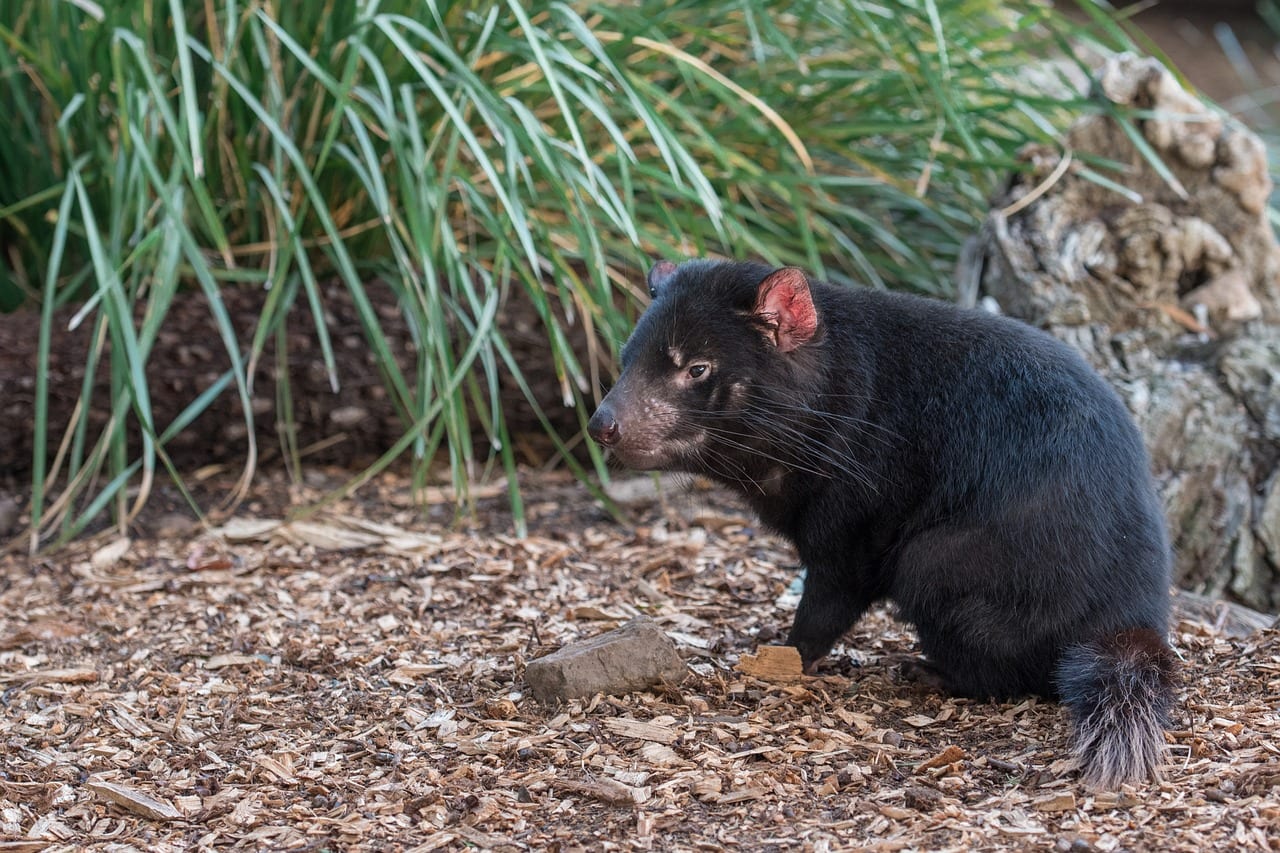
Australia has more marsupials than anywhere else. This is likely because Australia has been isolated for a very long time. In fact, until the arrival of Europeans, bats and humans were the only placental mammals in Australia. Because there weren’t many placental mammals to compete with, marsupials took over the continent.
South America hasn’t been isolated for as long as Australia has, so there aren’t as many marsupials there. Nevertheless, there are more marsupials in South America than there are in any place except Australia.
Noteworthy Marsupials
We discuss some of the most interesting marsupials in the world below.
You have probably heard of kangaroos and koalas, but there are a number of other interesting marsupials that live around the world. Some of the most noteworthy examples include:
Tasmanian Devil
Tasmanian devils are medium-sized predators, who feed on a variety of different prey species. Most Tasmanian devils reach about 15 pounds in weight and about 2 feet in length. Tasmanian devils are nocturnal animals, who formerly lived throughout Australia. However, they now live only on the island of Tasmania.
Virginia Opossum
The Virginia opossum is the only marsupial found in the eastern United States. Famous for their tendency to “play dead” when threatened by predators, opossums are nocturnal and primarily hang out in the trees. Interestingly, opossums are immune to several diseases that afflict other animals, including rabies. Opossums can give birth to more than 20 young, but they only have 13 nipples. This means that some young opossums die because there aren’t enough nipples to go around.
Wombats
Wombats are adorable little herbivores, who reach about 3 feet in length. They live in a number of different habitats across Australia. Wombats typically live for about 15 years in the wild, but those living in zoos often reach 20 years of age or more. One of the most interesting things about wombats is their poop, which comes out in cubes. Most other animals produce cylindrical or round droppings.
Wallabies
Wallabies are kangaroo-like marsupials who live in parts of Australia and New Guinea. But wallabies are much smaller than kangaroos. In fact, most wallabies are only about 1 to 3 feet long. Some wallabies spend their time on the ground, but others prefer to spend their time climbing trees. Wallabies are herbivores, who primarily eat grasses and leaves.
Thylacine
The Thylacine – also known as the Tasmanian wolf – was a predatory marsupial that lived in Australia and Tasmania. About the size of a dog, the Thylacine preyed upon small marsupials and birds. Unfortunately, they went extinct in the 20th century, likely as the result of human activity.
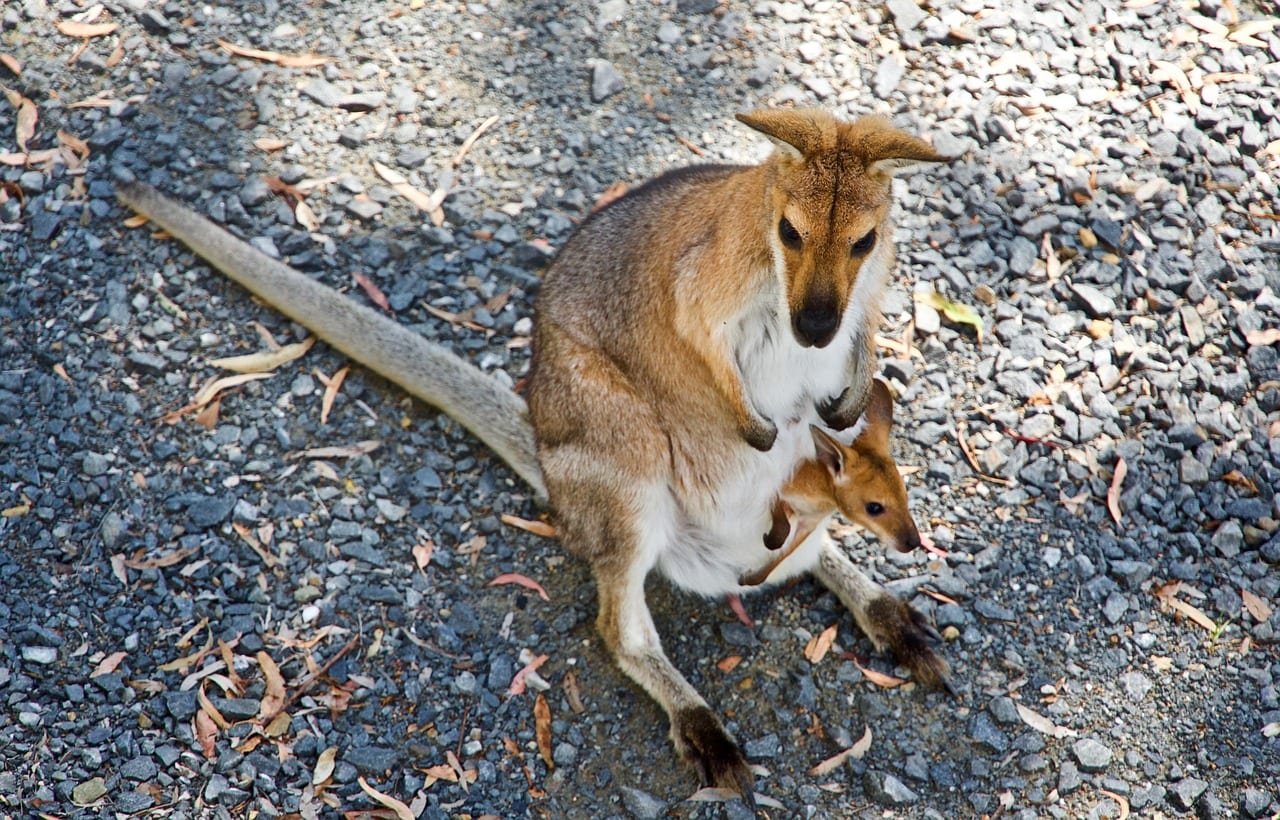
Marsupials are interesting mammals. They share a number of similarities with other mammals, such as their hair-covered bodies and the ability to produce milk for their young. However, they reproduce in a very different manner than most other mammals.
Do you think this unusual method of reproduction has helped marsupials survive? Let us know if you think the way marsupials reproduce helps them or hurts them in the comments below.



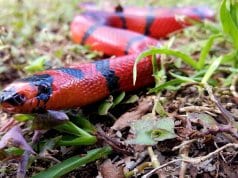
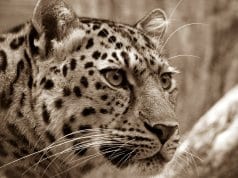
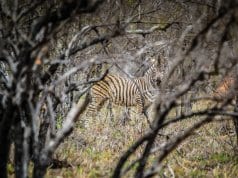
![Red Angus Closeup of a beautiful Red Angus cowPhoto by: U.S. Department of Agriculture [pubic domain]https://creativecommons.org/licenses/by/2.0/](https://animals.net/wp-content/uploads/2020/03/Red-Angus-4-100x75.jpg)

